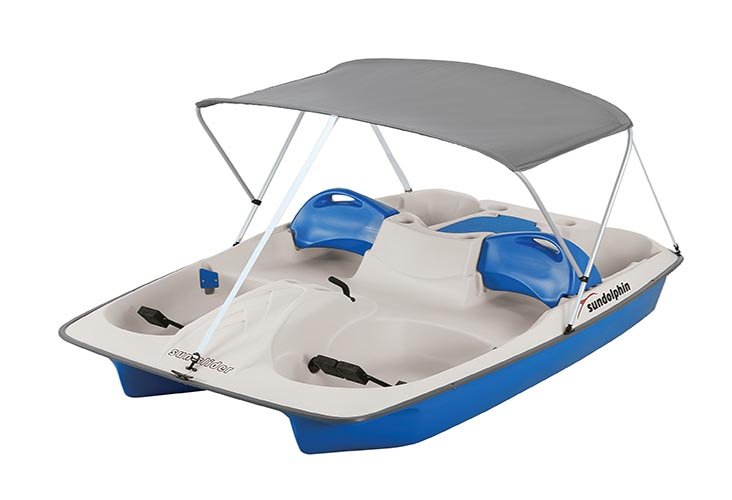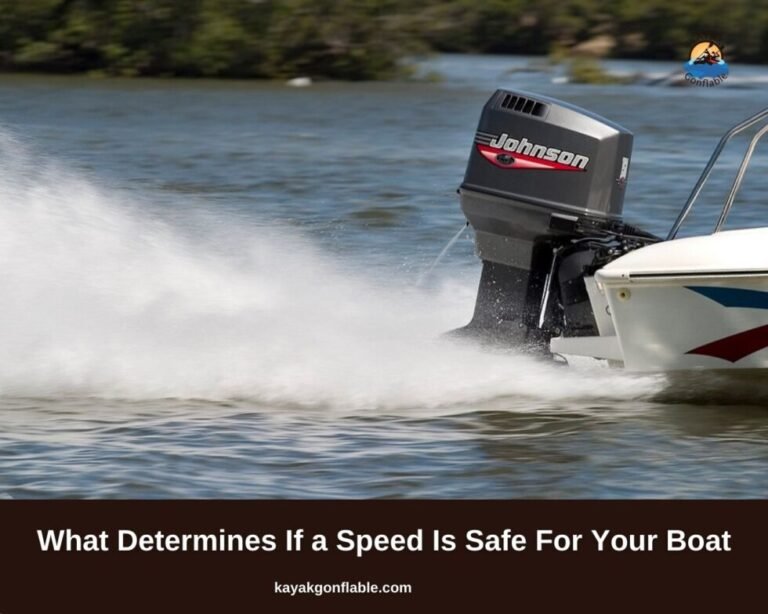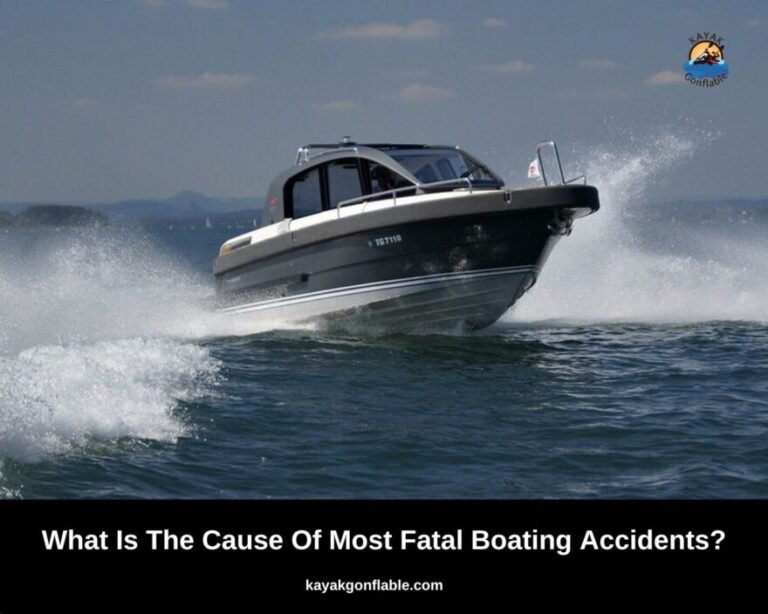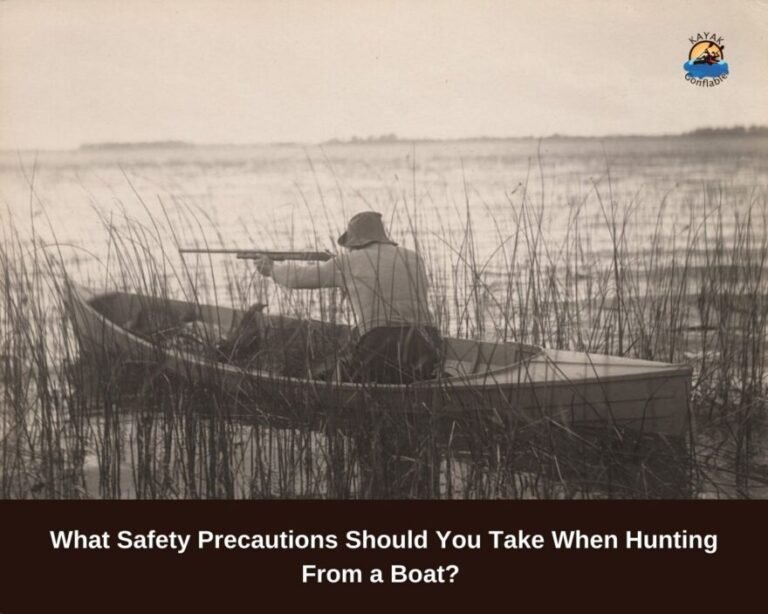Where Would A Boat Produce The Highest Concentration Of Carbon Monoxide?

What is carbon monoxide?
Carbon monoxide, a gas with the chemical formula CO, is a colorless, odorless, and tasteless poisonous gas that is formed when carbon dioxide and oxygen react. It is often found in homes with high levels of pollutants like smoke, and dust.
Carbon monoxide can also be released from vehicles during combustion. It is a by-product of the incomplete combustion of fuels such as gasoline, wood, and coal. Carbon monoxide can cause poisoning if breathed in or eaten.
The gas can cause headaches, dizziness, nausea, and vomiting. In extreme cases, it can lead to a heart attack or death. Carbon monoxide can accumulate in homes and workplaces if not properly ventilated.
Boat engines and carbon monoxide
Boat engines produce emissions that can contain carbon monoxide (CO). Carbon monoxide is a gas that can be deadly if it is inhaled, and it can also cause problems with the engine if it gets into the air.
Carbon monoxide is produced when the engine burns gasoline or oil. The exhaust from an engine contains carbon monoxide and other pollutants. When these pollutants enter the air, they can cause health problems. Boat engines can also produce nitrogen oxide, which is also harmful.
Some boat engines produce more CO than others, and some designs are more prone to producing CO than others. If you’re concerned about your exposure to carbon monoxide, be sure to check the engine specifications of any boat you’re considering buying.
It’s important to keep the engine running properly so that it doesn’t produce harmful emissions, and people should be aware of the dangers of carbon monoxide. CO detectors are important on boats to warn people when levels get too high.
Where would a boat produce the highest concentration of carbon monoxide?
All boaters ought to know that carbon monoxide is a dangerous gas. If the deadly gas is produced on your vessel, managing and safely releasing it into the atmosphere without poisoning yourself is a priority.
Fortunately, this is relatively easy to handle as having good ventilation and exhaust systems easily handle this task. Still, other precautions are necessary to stay safe, and ignorance is most definitely not bliss. All boaters should know where exactly on their watercraft this poisonous gas is likely to reside so they can be prepared.
Carbon monoxide is most concentrated in the vicinity of the boat’s engine. The higher the engine speed, the higher the concentration of gas. Carbon monoxide is also naturally concentrated around the watercraft’s exhaust outlets.
With this knowledge in mind, you now know that staying away from a running boat engine and the exhaust outlets is a good way to protect yourself from carbon monoxide poisoning.
As the engine and exhaust pipes are the location of CO, it goes without saying that they should be regularly maintained and in good condition to ensure the safety of everyone aboard the watercraft. A good ventilation system is also key in preventing carbon monoxide poisoning.
Factors that affect carbon monoxide levels on boats
Boats are a common source of carbon monoxide (CO) emissions. Below are some of the factors that can affect CO levels on boats:
- Fuel type: The type of fuel the engine uses plays a big role in the production of CO. Some fuels combust completely readily, while others are prone to incomplete combustion. Be sure to use the fuel recommended for your engine.
- Engine type: Small, portable engines produce higher levels of CO than larger engines.
- Operating conditions: A boat’s speed, engine load, and cruising range all affect CO levels.
- Oxygenation system: A poorly functioning oxygenation system can increase CO levels. The less oxygen is available, the likelier incomplete combustion will occur, and carbon monoxide is the main product of incomplete combustion.
- Other equipment: A poorly designed or improperly installed exhaust system can increase CO levels. The age and condition of equipment naturally play a major role in efficiency.
- Weather conditions: Higher temperatures and humidity cause higher CO levels because engine efficiency is lower.
- Presence of carbon dioxide: The abundance of carbon dioxide in an environment will eventually lead to higher levels of CO. CO2 levels should therefore be moderate on watercraft.
- The amount of exhaust fumes produced: If your boat engine produces much exhaust fumes, a sizable portion of those fumes will likely be carbon monoxide. Always run routine checks on watercraft equipment to ensure they are in optimum condition for increased safety.
Carbon monoxide poisoning
Carbon monoxide (CO) is a colorless, odorless, and poisonous gas. It is produced when the air we breathe combines with carbon dioxide (CO2) from the earth’s atmosphere. CO is a by-product of combustion, including the burning of gasoline, oil, wood, and charcoal.
People who are exposed to high levels of CO can experience nausea, vomiting, confusion, and even death. Carbon monoxide can be breathed in or absorbed through the skin making it all the more dangerous.
Carbon monoxide poisoning occurs when enough carbon monoxide is breathed in to overcome the body’s ability to breathe and survive. Symptoms of carbon monoxide poisoning can include headaches, shortness of breath, dizziness, nausea, fatigue, and vomiting.
Early diagnosis and treatment are critical to saving the victim’s life. If untreated, carbon monoxide poisoning can lead to coma and death. Carbon monoxide poisoning can happen on boats too.
Carbon monoxide poisoning is a scary, potentially deadly problem that can happen when people are confined in a confined space with no access to fresh air. This is especially true on boats, where there is little ventilation and many people are crammed together.
Anyone who experiences shortness of breath, dizziness, or nausea while boating should get medical help as soon as possible. CO poisoning can occur when cooking on a boat when the watercraft is poorly ventilated with high concentrations of CO in the air, or when the generator is used in an enclosed space.
What are the dangers of carbon monoxide poisoning on a boat?
Carbon monoxide poisoning can be a serious and life-threatening problem on a boat. Here are some of the dangers:
- It’s difficult to detect carbon monoxide levels high enough to cause problems.
- People who are poisoned by carbon monoxide often don’t know it until it’s too late.
- Carbon monoxide can cause dizziness, confusion, headaches, nausea, and vomiting.
- At very high levels, carbon monoxide can cause unconsciousness and death.
- Carbon monoxide poisoning is more common in the winter when fuel-burning appliances are used more often.
- Even small amounts of carbon monoxide can quickly build up in a confined space, like on a boat.
- If your boat has a defective carbon monoxide detector, you may not be aware of the dangers until it’s too late.
- Boat engines produce high levels of CO gas and are often used in isolated areas without proper ventilation.
- Even small amounts of carbon monoxide can cause headaches and nausea and can make you feel tired and dizzy. CO is poisonous and in no way safe.
How can you protect yourself from carbon monoxide poisoning on a boat?
Carbon monoxide poisoning can be a deadly and potentially life-threatening situation on a boat. Here are some tips to help you protect yourself from this danger:
- Keep your windows closed if you are using a motorboat. Make sure all windows and doors are closed when not in use. It wouldn’t do for carbon monoxide to infiltrate through there.
- Make sure your engine is well-maintained and in good working order.
- Use an air purifier if you are spending time in an enclosed space, such as a cabin.
- Do not sleep in an enclosed space.
- Keep your boat well-ventilated, particularly if you are using a generator or portable heater.
- Install CO detectors and alarms in your boat.
- Do not leave your boat unattended when you are away from it.
- Do not leave a cigarette or lighter burning in the engine compartment.
- Use an extinguisher to put out a fire on your boat immediately and send for help. 10. Make sure your boat has functioning carbon monoxide detectors.
- Establish and follow safe working procedures for your engines and appliances.
- Don’t forget to check your boat’s safety equipment.
- Stay a safe distance from the engine and exhaust pipes as more CO is likely to be present in their vicinity.
- Always wear a Personal Flotation Device (PFD) when boating! It will come in handy if you have to abandon the vessel to escape CO poisoning.
What is a Carbon Monoxide Alarm?
If you’re like most people, you probably have at least one carbon monoxide alarm in your home. But what is a carbon monoxide alarm?
In short, a carbon monoxide alarm is a sensor that alerts you when levels of the poisonous gas reach dangerous levels in your home. They are a type of home safety device that protects people from the dangers of carbon monoxide poisoning.
These alarms are typically installed near the bedrooms or family rooms, where people are most likely to be affected by CO poisoning.
Carbon monoxide detectors can be installed in any room in the home, and are typically battery-operated. Carbon monoxide is a colorless, odorless gas produced by the incomplete combustion of all carbon-containing materials.
It is poisonous, and if present in sufficient concentrations, it can lead to poisoning, coma, and even death. It is recommended to install CO detectors today to be on the safe side.
Boats produce the highest concentration of carbon monoxide when they are running. This gas is especially dangerous for those who are on the boat, as well as for people nearby.
It is important to be aware of the dangers of carbon monoxide poisoning and take the necessary precautions to avoid being exposed to it. For example, make sure the exhaust system is working properly, and don’t let people sit in the engine room.
Boat owners should install carbon monoxide detectors in their vessels and ensure that everyone on board knows how to use them in case of an emergency. They should also keep their boats well-maintained to reduce the risk of exposure.
Remember to always use caution when operating a boat, and if you experience any symptoms of carbon monoxide poisoning, seek medical attention immediately.
Frequently Asked Questions
When should the blower be operated on gasoline-powered boats?
One of the most common questions asked by boaters is when they should operate their engine’s blower. The answer to this question is a bit complicated, as different boats have different needs.
Many believe that the blower should always be on, regardless of the engine’s power level. However, this is not always the case. Generally speaking, operating the engine’s blower at full power only when necessary is a good practice.
When cruising in relatively still water, it is usually unnecessary to use the engine’s blower. General guidelines include using the blower when the boat is moving and when it is cold outside.
This will help to cool down the engine and prevent it from overheating. It is also strongly advised to use your blower at least 4 minutes before starting your boat engine. This is particularly important after fueling.
Which of the following can be a source of carbon monoxide on your boat?
Carbon monoxide is a gas that can be harmful if it accumulates in your boat. Here are six ways that carbon monoxide can get on your boat:
- Burning wood or other materials on a boat can produce carbon monoxide.
- If the exhaust system of your engine doesn’t function properly, carbon monoxide can be released into the air. The exhaust system of your boat can become blocked, allowing carbon monoxide to accumulate in the air.
- Gasoline and diesel engines produce carbon monoxide when they run.
- Carbon monoxide can be emitted from improperly installed or operated venting systems.
- Carbon monoxide can be produced when exhaust fumes combine with water in the air to form carbonic acid, resulting in carbonic acid gas.
- The exhaust from generators and water heaters can create carbon monoxide fumes.
To reduce your chances of exposure, be sure to check your carbon monoxide levels and take steps to prevent emissions.
What is the best way to prevent carbon monoxide poisoning while boating?
When boating, it is important to be aware of the dangers of carbon monoxide poisoning. Here are five tips to keep you safe while on the water:
- Make sure your boat has an up-to-date carbon monoxide detector and know how to use it. These detectors can help you find high levels of the gas quickly and warn you so that you can take appropriate action.
- Make sure your watercraft has good ventilation. Good air circulation will prevent the concentration of carbon monoxide.
- If you detect levels of CO in your area that are high or hazardous, get out of the boat and seek medical attention.
- Make sure all appliances on your boat are properly vented and installed according to the manufacturer’s guidelines.
- Make sure all the fuels you use are certified for marine use and your engine in particular. Using unauthorized fuels on an engine could lead to an increase in the production of CO.
What is likely to happen if you do not ventilate your boat after fueling it?
Safety precautions exist for a reason; they are there to keep you and those in the vicinity safe. Adhering to them is therefore the best course of action and ignoring them is asking for a disaster.
Ventilation is important on boats because it helps to keep the cabin and engines free of smoke, fumes, and other emissions. If you do not ventilate your boat after fueling, the gases from the fuel will build up until they can no longer escape, and then a fire may start.
The fuel may condense on the inside of the boat and create a fire. The vapors from the fuel may also explode if they come in contact with air. If your boat has an electric motor, it could overheat and catch on fire.
The most dangerous outcome is that if you do not ventilate your boat after fueling it, carbon monoxide will build up in the bilge and gas tanks. This gas can then be ignited by a spark or flame, leading to a catastrophic explosion.
It, therefore, pays to adhere to safety practices and always ventilate your boat after fueling it, especially if you intend to start the engine soon after.
Carbon monoxide poisoning is sometimes mistakenly identified as what?
Carbon monoxide (CO) poisoning is a potentially deadly health condition caused by the inhalation of carbon monoxide gas. In fact, CO poisoning is one of the most common types of poisoning in the United States and can be fatal in a matter of minutes.
However, because CO poisoning is often mistaken for other conditions, such as asthma or heart disease, victims may not receive the proper medical care until it’s too late.
The early symptoms of carbon monoxide poisoning such as nausea, headaches, and fatigue are many a time taken for the flu, especially in homes. This is because the deadly gas is colorless and odorless, subtle in its approach, difficult to detect, and quick to act.
In several cases, people die because they didn’t quickly notice that theirs was a case of carbon monoxide poisoning. If you think you may have been poisoned by carbon monoxide, seek medical attention.
Installing and knowing how to use carbon monoxide detectors anywhere the deadly gas is produced is always a good investment.






